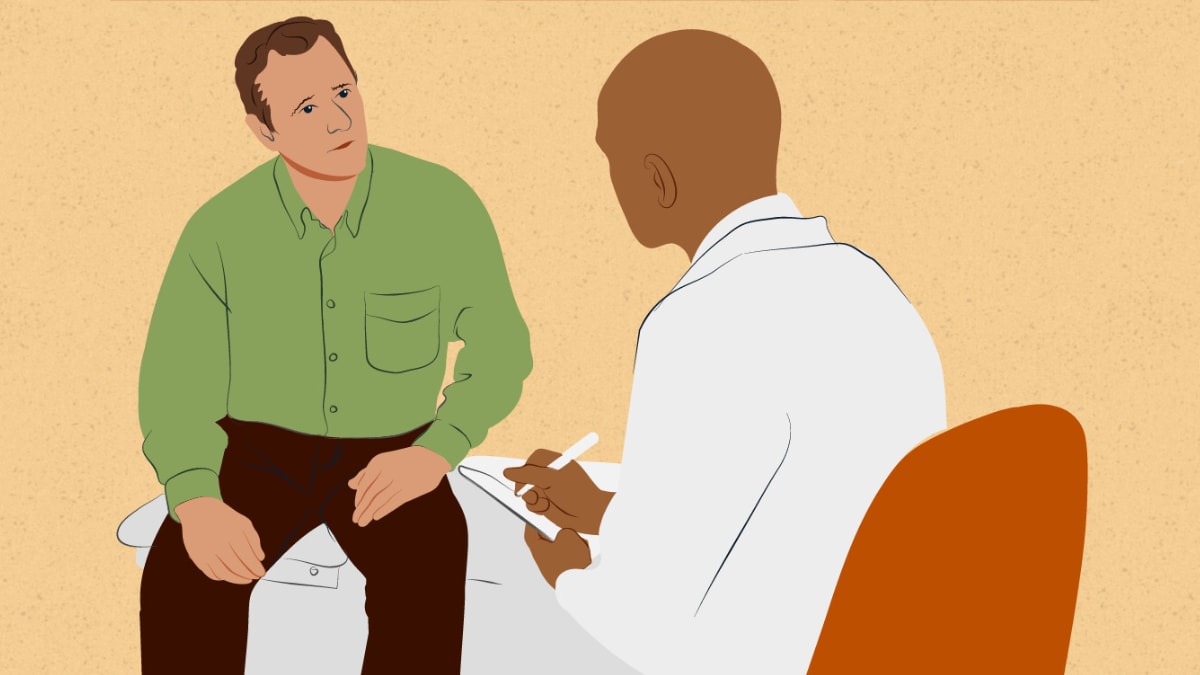Key points
- People who are immunocompromised have a higher risk for getting seriously ill and dying from viruses spread by mosquitoes and ticks (arboviruses). This includes people who are receiving immunosuppressive medications or treatments.
- B-cell depleting monoclonal antibody drugs frequently used for oncological, rheumatological, and neurological conditions can increase risk of severe outcomes.

Overview
Rituximab is a B-cell depleting monoclonal antibody frequently used for oncological, rheumatological, and neurological conditions. Examples of similar drugs include ocrelizumab, veltuzumab, and ublituximab.
According to a recent CDC case series, 4 out of 5 patients using rituximab and diagnosed with arboviral neuroinvasive disease died. Those who survived often had long-term disabilities, such as cognitive and motor dysfunction. Most patients developed encephalitis or meningoencephalitis. Some patients also had acute flaccid paralysis and other clinical manifestations.
Diagnosis
Patients with immunocompromising conditions and arboviral disease often present with a febrile illness, followed by development of neurological signs and symptoms, such as confusion, tremors, focal neurologic deficits, ascending paralysis, progressive dementia, unresponsiveness, or coma. Although most patients develop symptoms during June–September, when mosquitoes and ticks are most active, some patients may present outside of the typical season because of a prolonged or atypical clinical course or subclinical disease.
Patients on rituximab and similar B-cell-depleting antibody therapies have an impaired antibody response, which can decrease the likelihood of detecting antibodies using serological tests. Diagnosis of arboviral infections in patients taking rituximab usually requires molecular testing (e.g., RT-PCR) to detect viral RNA in serum, cerebrospinal fluid, and/or tissue specimens.
Since molecular testing for many arboviruses is not readily available, clinicians should contact their health department to request molecular testing, which can be performed at state public health, CDC, or other diagnostic reference laboratories.
Treatment
There are no known effective treatments for West Nile virus or other arboviral diseases. Clinical management of disease symptoms is supportive.
Decreasing or stopping immunosuppressive medications, if possible, when the patient is acutely unwell might help them to develop an immune response to control the virus. However, many immunosuppressive medications can have lengthy half-lives so the benefit of this approach might be limited.
Reporting arboviral infections
Timely diagnosis of an arboviral infection in an immunocompromised patients will help with clinical management (e.g., knowing the source of the infection) and treatment decisions (e.g., stopping unnecessary antibiotics). In addition, diagnosis and reporting of an arboviral disease to local or state health departments can help public health authorities detect, respond to, and prevent additional arboviral disease cases.
Protecting immunocompromised patients
Clinicians need to inform their patients of the seasonality and epidemiology of arboviral diseases and recommend the use of personal protective measures to prevent mosquito and tick bites.
Tick exposure can occur year-round, but ticks are most active during spring and fall (April–June and October–November). Know which ticks are most common in your area. Similarly, mosquitoes are most active during warmer months, with arboviral activity peaking in late summer and early fall (July–October).
Encourage patients to:
- Use Environmental Protection Agency (EPA)-registered insect repellents
- Wear loose-fitting, long-sleeved shirts and pants
- Treat clothing and gear with a product containing 0.5% permethrin
- For mosquitoes
- Remove standing water around the home
- Use screen on windows and doors or use air conditioning to keep mosquitoes outside
- Remove standing water around the home
- For ticks
- Avoid contact with ticks by staying away from wooded and brushy areas with high grass and leaf litter
- Check clothing and body for ticks when returning indoors
- Check pets for ticks after they have been outdoors
- Shower after spending time outside to help remove unattached ticks
- Avoid contact with ticks by staying away from wooded and brushy areas with high grass and leaf litter
